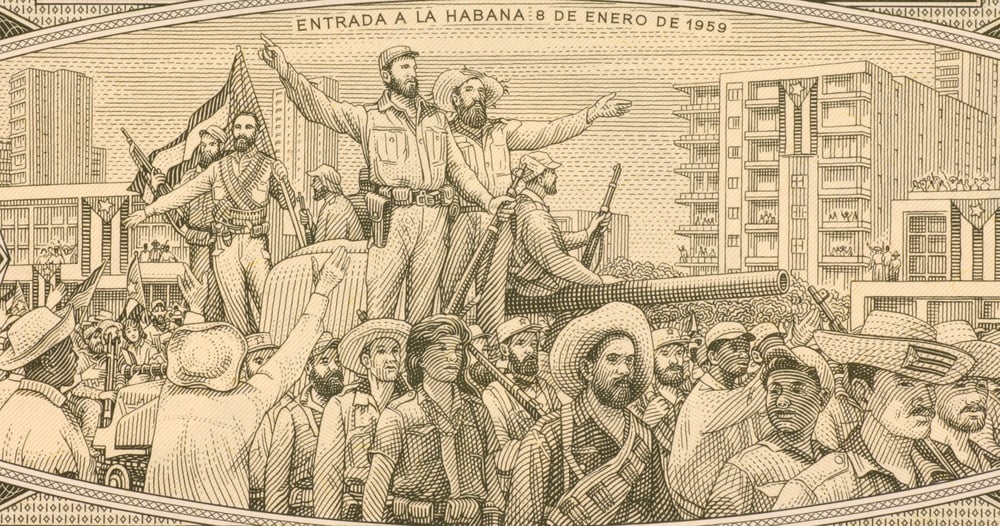Brazil’s job market is undergoing a structural shift

The gig economy has been a major employment driver in Brazil. Photo: Alf Ribeiro/Shutterstock
Despite record-low unemployment and rising average wages, Brazil’s labor market is showing signs of long-term distress, according to a new study examining workers’ earnings from 2012 to 2024. The findings suggest a deepening polarization between high- and low-wage jobs, and a shrinking middle class — a dynamic that may help explain President Luiz Inácio Lula da Silva’s sagging approval ratings in his third term.
The report offers a sobering counterpoint to what on the surface appears to be a strong economic recovery.
While unemployment fell to a national average of 6.9% in 2024 — close to the 7.4% rate in 2012 — and average monthly income reached a record BRL 3,378 (USD 586) in February, these headline figures obscure the quality and distribution of jobs being created.
“Beneath the surface, Brazilians are seeing diminished quality of life and job security,” said economist Nelson Marconi, a professor at the Getulio Vargas Foundation and author of the study. This disconnect may help explain why strong labor indicators are no longer translating into political capital.
💼 Brazil Business
Your guide to the largest economy in Latin America, from finance to innovation.
UpgradeThis subscription also gets you:
- 🌞 Brazil Daily
- 🌎 Latam Report
- 🚜 Brazil Agro
- 🌳 Brazil Climate
- 💬 Brazil Society
- ⚽ Brazil Sports








